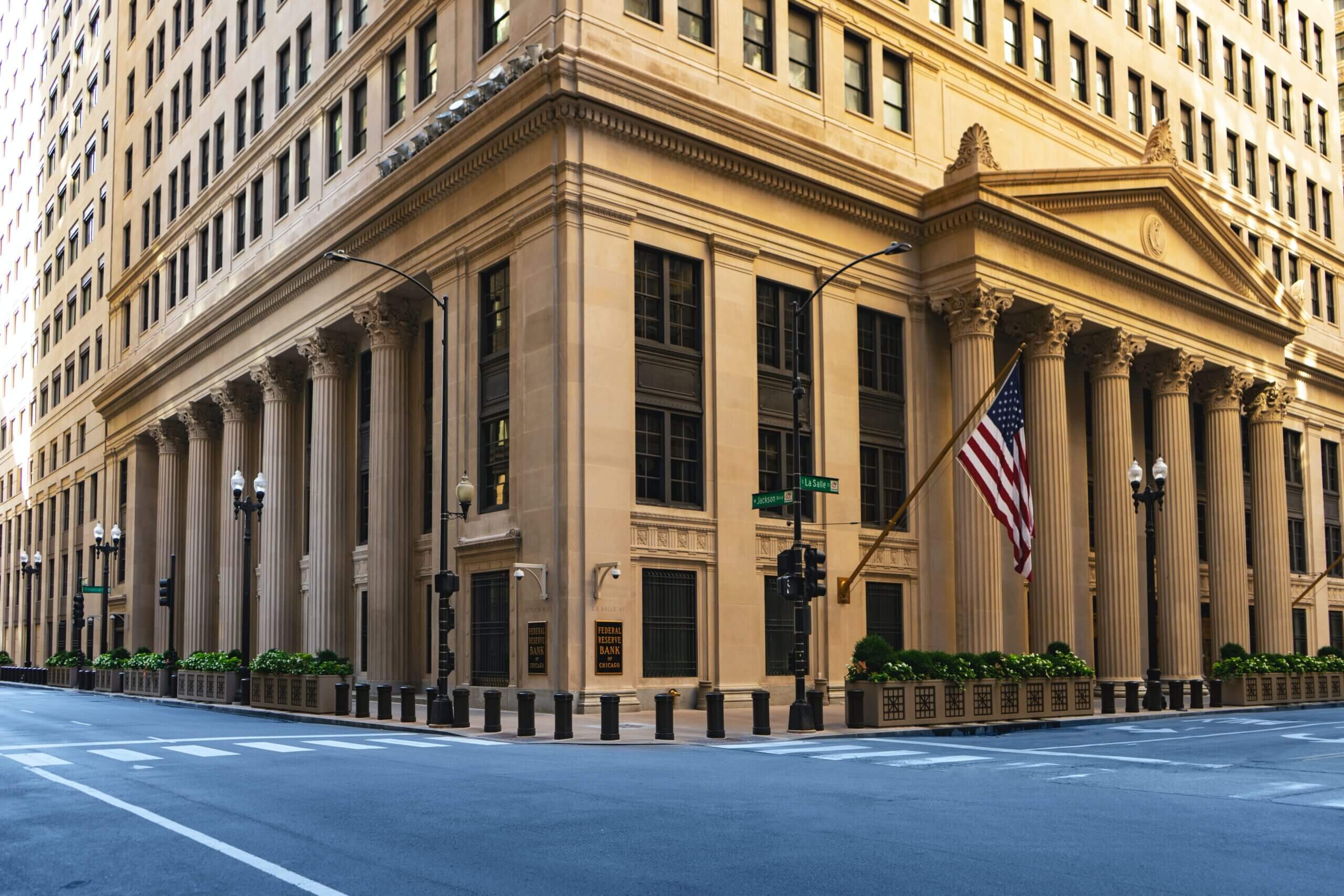
primer domain was triggered too early. This is usually an indicator for some code in the plugin or theme running too early. Translations should be loaded at the init action or later. Please see Debugging in WordPress for more information. (This message was added in version 6.7.0.) in /home/ikq167bdy5z8/public_html/propertyresourceholdingsgroup.com/wp-includes/functions.php on line 6114
A critical look at rising long-term inflation expectations and their potential impact on monetary policy
The Federal Reserve, the United States central bank, is facing a worrisome sign that could complicate its ongoing battle against inflation. While the Fed monitors various factors, including red-hot consumer demand and geopolitical tensions, a particularly concerning development is the erosion of Americans’ faith that inflation will eventually return to normal.
The University of Michigan’s latest consumer survey, released recently, revealed that Americans’ long-run inflation expectations have risen to 3.2%, the highest level since 2011. This shift in perception could pose a significant challenge for the Federal Reserve, especially as officials do not anticipate reaching the 2% inflation target until 2026.
The Federal Reserve preserves the potential consequences of worsening inflation expectations. Atlanta Fed President Raphael Bostic emphasized the need for action if consumers or businesses believe that long-term inflation is rising. This could prompt the Fed to tighten monetary policy further by raising interest rates or keeping them elevated for an extended period.
The anxiety surrounding inflation expectations is palpable within the central bank. Luke Tilley, Chief Economist at Wilmington Trust Investment Advisors, highlighted that higher and uncontrolled inflation expectations are the Fed’s primary concern, capable of disrupting their economic strategies.
The Federal Reserve currently faces a delicate balance. While the benchmark lending rate is at a 22-year high, the central bank anticipates keeping rates higher for longer. The fear of inflation expectations drifting higher keeps policymakers on edge, with such concerns potentially triggering more aggressive policy actions.
Despite the University of Michigan’s survey being just one of many, it holds significant weight as one of investors and economists’ most closely watched indicators. Fed Chair Jerome Powell consistently addresses Americans’ inflation perceptions in news conferences, emphasizing the importance of well-anchored, longer-term inflation expectations.
However, with inflation still well above the 2% target, some economists, like Luke Tilley, argue that the Fed’s timeline is too pessimistic. The risk lies in sticky inflation, which could slowly erode confidence and un-anchor inflation expectations.
The recent release of new income tax brackets by the IRS adds another layer to the economic landscape. While these adjustments aim to account for inflation, they also reflect the broader economic context. The Federal Reserve must manage inflation and ensure that Americans maintain confidence in its ability to navigate the complex economic environment.
As the clock ticks and inflation remains a persistent challenge, the Federal Reserve must navigate the delicate balance of controlling inflation, managing public perception, and avoiding economic shocks. The central bank’s success in its historic inflation fight hinges on sustaining confidence that the inflation monster will eventually be subdued.
The Federal Reserve’s actions and communications will be crucial in shaping Americans’ expectations in the coming months. The challenge remains: striking the right balance to guide the economy towards stable inflation without triggering a loss of faith among consumers and businesses.